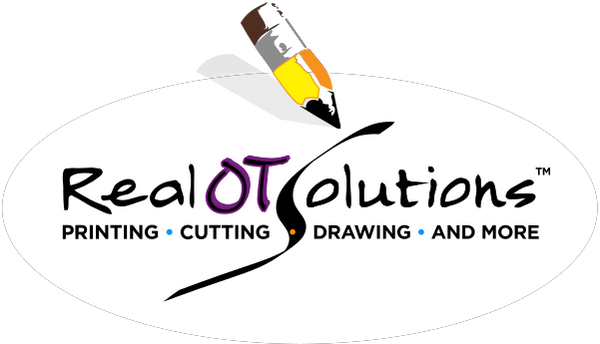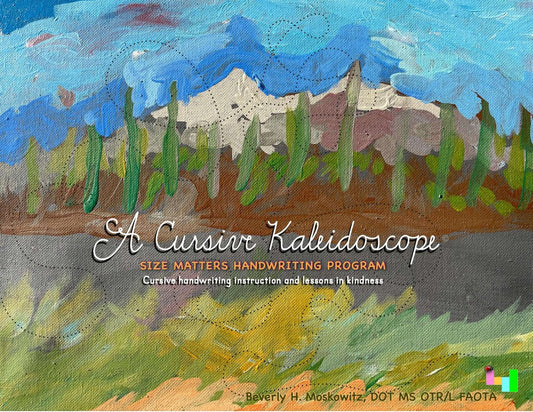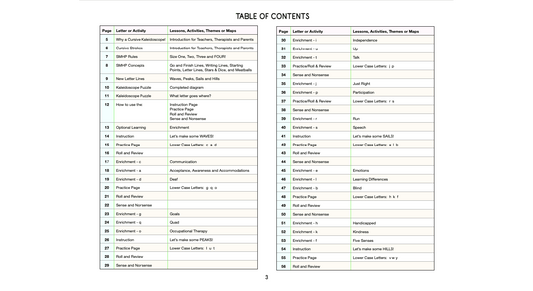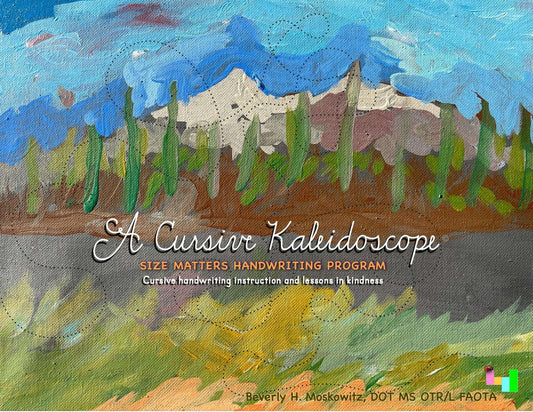SMHP Cursive Kaleidoscope workbook: The Perfect Package For Cursive Writing Practice
-
Cursive Kaleidoscope Workbook©
Regular price From $14.95 USDRegular priceUnit price / per -
Cursive Kaleidoscope E-Workbook
Regular price $25.00 USDRegular priceUnit price / per
Collection: SMHP Cursive Kaleidoscope workbook: The Perfect Package For Cursive Writing Practice
If you want your child to develop a positive attitude towards learning, our SMHP Cursive Kaleidoscope for cursive writing practice can help instill this value in them. Let the learning begin! This beautifully illustrated workbook continues the concepts and strategies introduced in the Size Matters Handwriting Program manuscript series.
Cursive handwriting is not part of many schools' curricula. However, research has found it to be a beneficial stimulant for a developing brain. Experts dealing with occupational therapy activities highly recommend cursive handwriting as a learning activity. When teaching cursive, use adapted grade-level cursive writing paper to ensure students can produce letters with the proper proportions and letter lines. Practice on cursive handwriting paper is essential for building motor memory. As with the acquisition of competence in printing, cursive writing requires constant and blocked practice, followed by random and variable practice. In other words, it adheres to Motor Learning Theory. And so when teaching cursive writing for beginners, start with practicing letters in isolation repeatedly. Eventually, move on to forming these same letters in words of increasing length.
Take an in-depth look into how cursive handwriting can make a difference for a child.
Why Is Cursive Writing For Kids So Important?
Why so much fuss over the way kids write? Well, as it turns out, writing by hand affects brain development a great deal. In fact, research from the neurosciences shows that when kids put pencil to paper, the electrical activity in the brain is highly stimulated, comparably to that of adults. The interhemispheric communication in the brain is the genesis of memory, problem-solving, and creativity. The lack of cursive handwriting instruction in schools is a missed opportunity for your child for learning. Whether introducing cursive writing in second grade or cursive writing for 3rd grade, students expand their learning horizons when turned onto the flowing movements of cursive lettering.
Resources like the Cursive Kaleidoscope workbook offer opportunities for building motor memory, fluidity of movement, and writing competence. Try our cursive writing for kids' workbooks and adapted writing papers. These are invaluable. You can get the cursive writing practice workbook by itself or as part of the Cursive Kaleidoscope kit. The latter includes a Do-it-Yourself kaleidoscope kit.
Our Cursive Kaleidoscope workbook includes lots of fun learning activities
- Practice pages for building motor memory.
- Lower Case Enhancement pages teach themes of acceptance, disability awareness, community, and kindness. Read the narratives together. Discuss and answer the questions.
- Upper Case Enhancement pages have maps and include fun facts about places around the world. Learn how the world fits together.
- Artwork by children illustrates enhancement pages and is used to create a kaleidoscopic design. Solve the puzzle. Which facet of art is found on each letter page.
- STEAM options. The index pages include additional science, technology, engineering, art, and math learning activities.
A highly productive pursuit indeed!
Our SMHP Cursive Kaleidoscope Features Fun & Exciting Cursive Writing Activities
Real OT Solutions is all about creating the ultimate fun learning experience for children. Our resources, such as creative cursive handwriting practice books, are all expert-approved and reviewed for the best quality assurance. The SMHP Cursive Kaleidoscope workbook is a keeper! Besides being the ultimate workbook for acquiring competence in cursive writing, its cursive writing activities teach cursive writing for beginners and lessons in kindness. If additional practice is needed, select a paper from the adapted writing paper Master Guide.
Feel free to browse through our other learning resources as well and engage in regular fun activities with kids and help them learn at the same time.
Happy learning!




